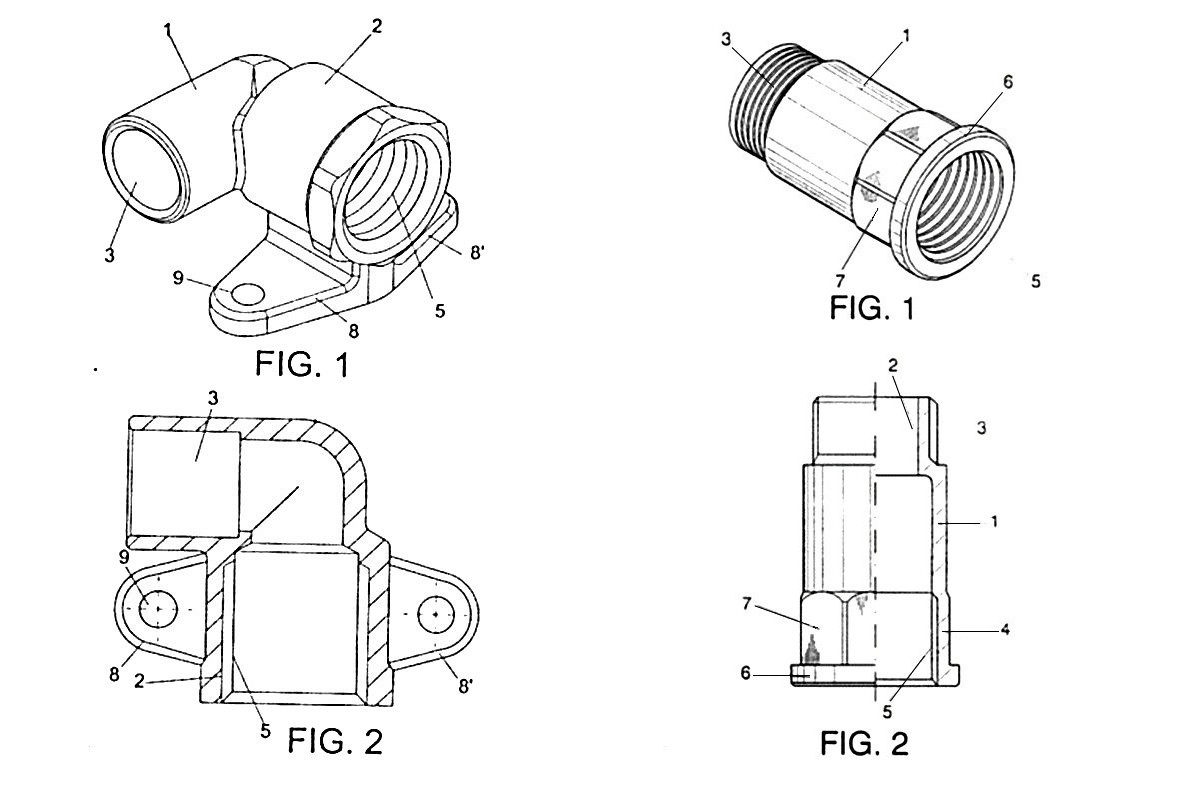In order to protect industrial inventions there are two possible solutions, patents and utility models. Requirements in Spain for requiring this protection right are:
- developments must be new
- they must imply inventive activity
- and they must have industrial application
The significance of this right is the exclusive exploitation of the invention, impeding to the rest its use, manufacturing or sale without the title holder consent. Industrial inventions are protected through the payment of an annual tax from its concession.
What’s the difference between patent and utility model? On the table below we show you some of the elements they differentiate from each other
| PATENT | UTILITY MODEL | |
| Object | Industrial invention: it may be a procedure, device or new product, but also a perfection/improvement of any of them. |
Inventions with a lower inventive rank than the patents: they solve technical problems from devices or tools already existing, at SME usually for “minor” improvements of existing products or its adaptation. |
| Approximative processing time | 18 months | From 8 to 14 months |
| Duration of the right | 20 years | 10 years |
At a state level, Spanish autonomic communities to which more concessions have been given up to date, both of patents and utility models, are Catalonia, Madrid, Valencia and Andalusia. As per OECD, the number of patents conceded constitutes one of the indicators of the level of development of the different countries, that is to say the level these dedicate to Science and Technology activities, among which USA, Japan or Germany stand out.
At rmmcia we do have a long tradition on utility models, we are glad to show you a couple of them from the 2000’s of great success that make part of our products’ catalogue:
ANGLE WALLPLATE OCTAGONAL EXTENSION PIECE
Female thread and copper soldering (2004) Male and female threads (2005)

For more information about utility models or patents in Spain, please refer either to Spanish legislation in that regard (Ley 11/1986, de 20 de marzo de Patentes y Marcas and new Ley 24/2015, de 24 de julio, de Patentes) or the Oficina Española de Patentes y Marcas’ website http://www.oepm.es/.
At international level you can check the WIPO: http://www.wipo.int/portal/es/index.html
